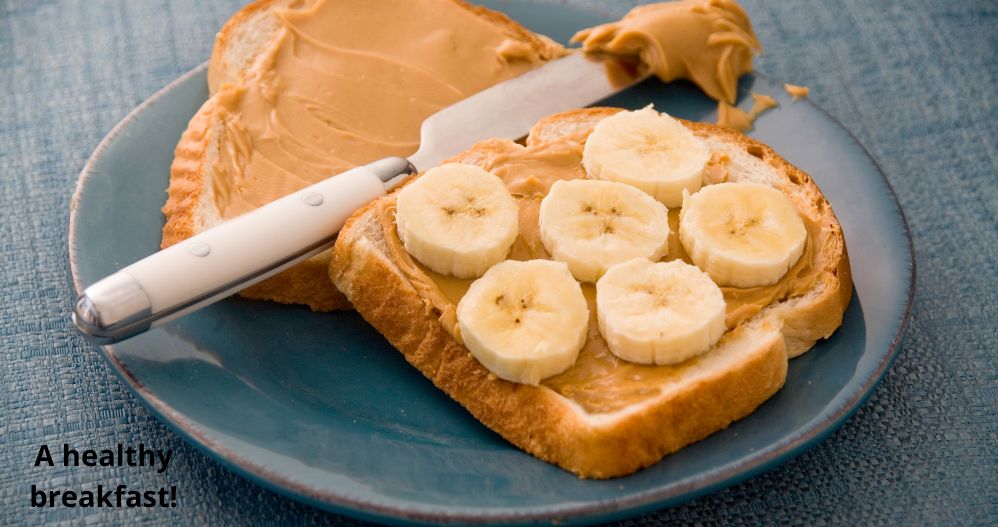Breakfast is often hailed as the most important meal of the day, providing crucial fuel and nutrients to kickstart your morning. However, with rising food costs and busy schedules, many people find it challenging to enjoy a nutritious breakfast without breaking the bank. The good news is that it is entirely possible to have a healthy, balanced breakfast for just $1. With a little planning and creativity, you can enjoy a meal that is both budget-friendly and nutritious. Here’s a guide to help you achieve a healthy breakfast on a tight budget.
1. Understand the Basics of a Healthy Breakfast
A healthy breakfast typically includes a balance of macronutrients: carbohydrates, protein, and healthy fats. The goal is to provide sustained energy and prevent blood sugar spikes. Ideally, your breakfast should also include fiber, vitamins, and minerals. Understanding these components will help you make smarter food choices that meet both your nutritional needs and budget constraints.
2. Opt for Affordable Staples
Certain staple foods are both economical and nutritious. Here are some key ingredients to consider:
- Oats: Rolled oats or instant oats are incredibly versatile and cost-effective. A serving of oats can provide you with fiber, complex carbohydrates, and some protein. You can often buy a large bag for a low price, and it can be used for multiple breakfasts.
- Eggs: Eggs are a nutrient-dense source of protein and healthy fats. They are also relatively inexpensive, especially when purchased in bulk. One or two eggs can be a great addition to your breakfast.
- Bananas: Bananas are a budget-friendly fruit that offers essential vitamins and minerals, particularly potassium. They can be eaten on their own or added to other breakfast options.
- Peanut Butter: Peanut butter is a good source of protein and healthy fats. When bought in bulk or on sale, it can be a cost-effective way to add flavor and nutrition to your breakfast.
3. Create Budget-Friendly Breakfast Ideas
Using the affordable staples listed above, you can craft a variety of healthy breakfasts. Here are some ideas:
1. Oatmeal with Banana and Peanut Butter
- Ingredients: 1/2 cup oats, 1 banana, 1 tablespoon peanut butter.
- Instructions: Cook the oats according to package instructions. Slice the banana and stir it into the cooked oats. Add a spoonful of peanut butter for extra flavor and protein. This meal is filling, nutritious, and typically costs around $1.
2. Egg and Veggie Scramble
- Ingredients: 2 eggs, a small handful of spinach or other vegetables (like bell peppers or onions).
- Instructions: Scramble the eggs in a non-stick pan. Add chopped vegetables and cook until tender. This dish is rich in protein and vitamins, and the cost is usually well within the $1 budget, especially if you buy vegetables in bulk or use leftovers.
3. Banana and Peanut Butter Toast
- Ingredients: 1 slice of whole-grain bread, 1 tablespoon peanut butter, 1 banana.
- Instructions: Toast the bread, spread peanut butter on top, and add banana slices. This simple breakfast combines healthy fats, protein, and carbohydrates, and costs about $1.
4. Oatmeal Pancakes
- Ingredients: 1/2 cup oats, 1 egg, 1/4 cup milk (or water).
- Instructions: Blend the oats into a flour-like consistency. Mix with the egg and milk to create a batter. Cook on a hot griddle or pan like pancakes. These pancakes are a low-cost way to enjoy a filling breakfast.
4. Utilize Sales and Discounts
To maximize your budget, take advantage of sales, discounts, and bulk buying. Many grocery stores offer weekly deals on staple items. Buying in bulk can also reduce the per-unit cost of items like oats, eggs, and peanut butter. Additionally, consider shopping at discount stores or using coupons to lower your grocery expenses.
5. Plan and Prepare Ahead
Meal planning and preparation can save both time and money. Preparing breakfast items in advance, such as cooking a batch of oats or hard-boiling eggs, can make your mornings more efficient and help you stick to your $1 budget. Creating a weekly meal plan with affordable recipes ensures you’re using your ingredients wisely and avoiding food waste.
6. Grow Your Own Ingredients
If you have the space and time, growing some of your own ingredients can further reduce costs. For example, you can grow herbs, spinach, or other leafy greens at home. Even small container gardens can yield a significant amount of produce, which can supplement your breakfast and cut down on grocery expenses.
7. Make Smart Substitutions
Sometimes, substituting more expensive ingredients for affordable alternatives can help you stay within your $1 budget. For example, using store-brand products instead of name brands or substituting fresh produce with frozen options (which are often cheaper) can help reduce costs while maintaining nutritional value.
Conclusion
Eating a healthy breakfast for $1 is not only achievable but also enjoyable with a bit of creativity and planning. By focusing on affordable, nutritious staples like oats, eggs, bananas, and peanut butter, you can create a variety of satisfying breakfast options that support your health and your wallet. Utilizing sales, preparing meals in advance, and making smart substitutions will further ensure you stay within budget while enjoying a balanced start to your day. With these strategies, a nutritious breakfast doesn’t have to be a luxury; it can be a simple, cost-effective part of your daily routine.

